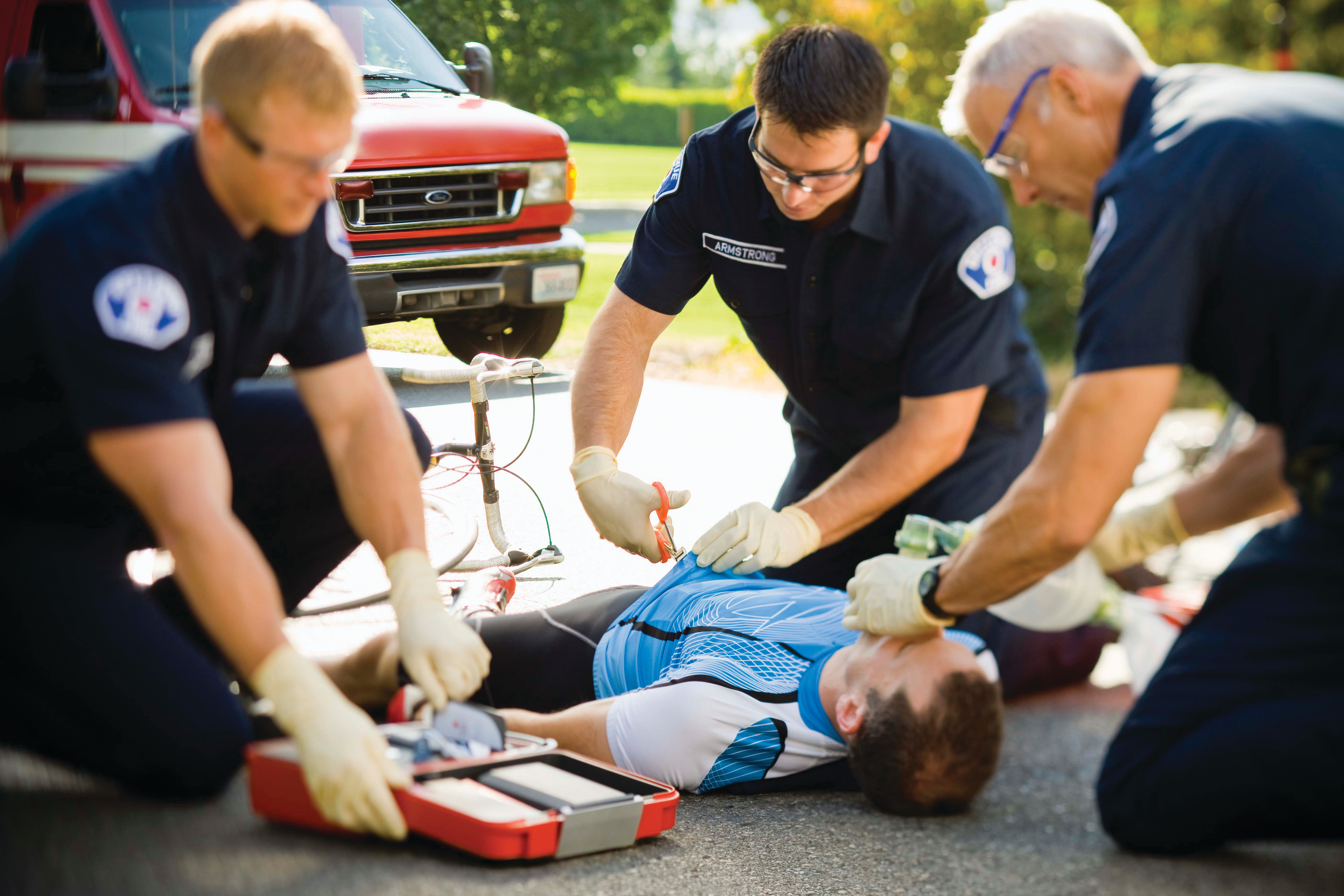
Infectious Diseases
Life-threatening infectious diseases transmitted by contact or bodily fluids that emergency responders may be exposed to: 3
- Anthrax
- Hepatitis B
- Hepatitis C
- HIV
- Rabies
- Vaccinia
- Viral hemorrhagic fevers
In the chaos of an emergency call, it can be difficult for EMTs and paramedics to protect themselves from potential threats. Unfortunately, this includes infections that can harm, kill, and spread.
According to the National Fire Protection Association, there were more than 8,300 documented exposures to infectious diseases in 2015.1 This number, which is only reflective of employees of fire departments, equates to an exposure every 2,500 EMS runs.2

Life-threatening infectious diseases transmitted by contact or bodily fluids that emergency responders may be exposed to: 3
An EMT’s or paramedic’s hands are susceptible to scrapes and cuts, breaking the barrier of protection against bloodborne pathogens. A study by the Centers for Disease Control (CDC) revealed that gloves can:
Despite the recommendation to wear gloves, some research suggests that only 56.9% of EMS providers arrive wearing them.5 This same research found that only 27.8% of providers were observed washing their hands, and disinfecting reusable equipment was noted in only 31.6% of opportunities.6 Lack of diligent safety measures can lead to contagion, so many EMS systems are working hard to implement and reinforce compliance with infection control guidelines.
Formal simulations, at any level of fidelity, can provide objective feedback regarding infection control and highlight areas for improvement. More specifically, simulation debriefs allows participants to analyze what they can do better.
EMTs and paramedics can benefit from deliberate practice with a focus on reducing the spread of infection.
Regístrese para recibir actualizaciones de Laerdal Medical por correo electrónico. Puede identificar sus intereses y recibir nuevos contenidos educativos, actualizaciones, información sobre eventos y mucho más.